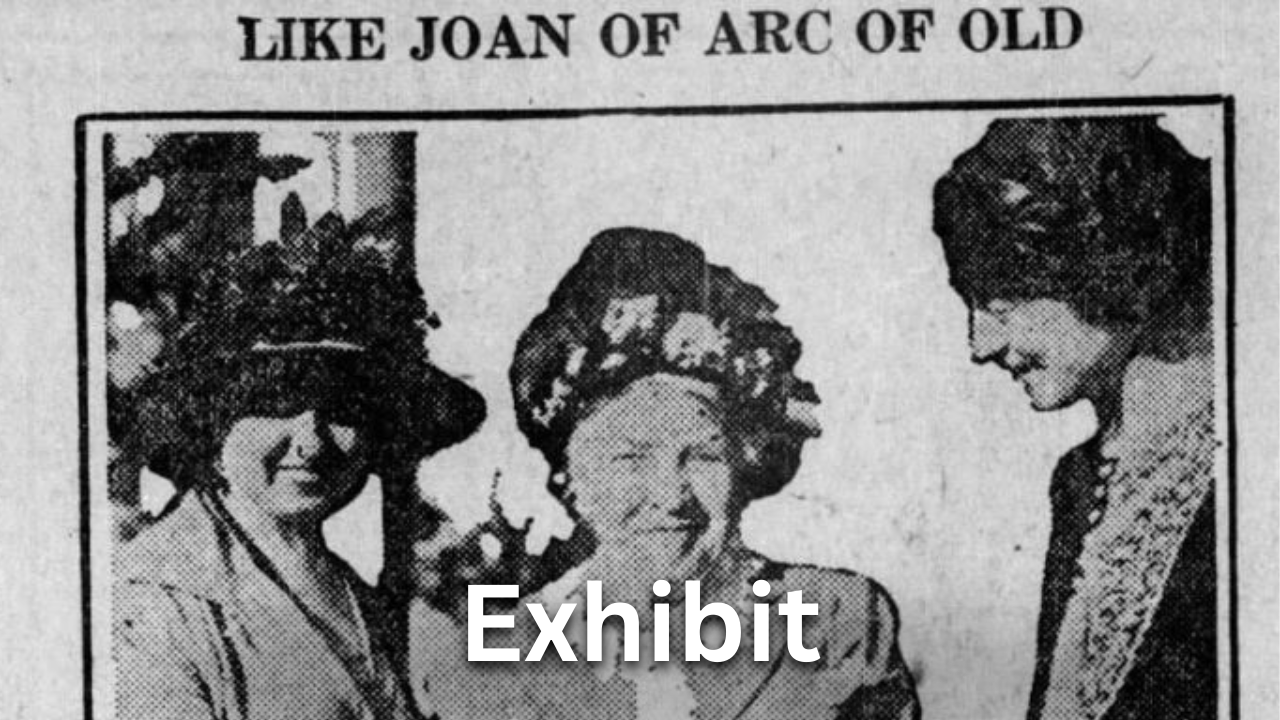Between April 6, 1917, and November 18, 1918, over 21,000 American women enlisted in the U.S. Army Nurse Corps, working at home and abroad to provide desperately needed medical care for the American Expeditionary Forces (AEF). In California, Base Hospitals 30, 35, and 47 all mobilized and departed for the battlefront in France by mid-1918. The women who served as nurses in these hospitals experienced the Great War in army hospitals established in chateaus, hotels, and other existing local structures. They witnessed the high cost of war not on the battlefield, but in the operating room and the hospital ward. At the war’s end, they returned home as veterans in their own right, an honor that had been denied to previous generations of American servicewomen.
This digital exhibit explores and commemorates the lives of California’s Army nurses in the First World War buried in national cemeteries: Alta Ireland Heron, Vera Marston Rush, Etta Parker, Guilda N. Jones Vicini, and Mayme E. Williamson.
By Emma Davis
Virtual Student Federal Service Intern, National Cemetery Administration
Share this story
Related Stories
Exhibits
In 2024, the National Disabled Veterans Winter Sports Clinic, hosted by the Grand Junction VA Medical Center and co-presented with Disabled American Veterans, will donate adaptive ski equipment from the early years of the event to the National VA History Center in Dayton, Ohio. The clinic started in 1986 when VA established it and then held the the inaugural event at Powderhorn the following year. The clinic welcomed approximately 90 Veterans from 27 states, bolstered by a volunteer staff of about 20. Despite skepticism from many health professionals of the era, the clinic underscored the importance of physical activity for persons of all abilities.
This exhibit includes multiple items that were used at the early clinics, which are finding a new home at the National VA History Center.
Exhibits
While Veterans engaged in activities and learned trades at the National Home for Disabled Volunteer Soldiers (NHDVS) since its inception after the Civil War, formal occupational therapy programs became components of rehabilitative care for Veterans beginning in the 20th century. This exhibit explores what type of activities were used to treat Veterans by showing items from the collection at the National VA History Center.
Exhibits
VA History Exhibit - While women have served in nearly all of America’s wars, some only achieved the right to Government-provided health care after World War One. This exhibit examines how women Veterans obtained admittance to the National Home for Disabled Volunteer Soldiers 100 years ago in 1923, and profiles what care looked like for these first women patients.






